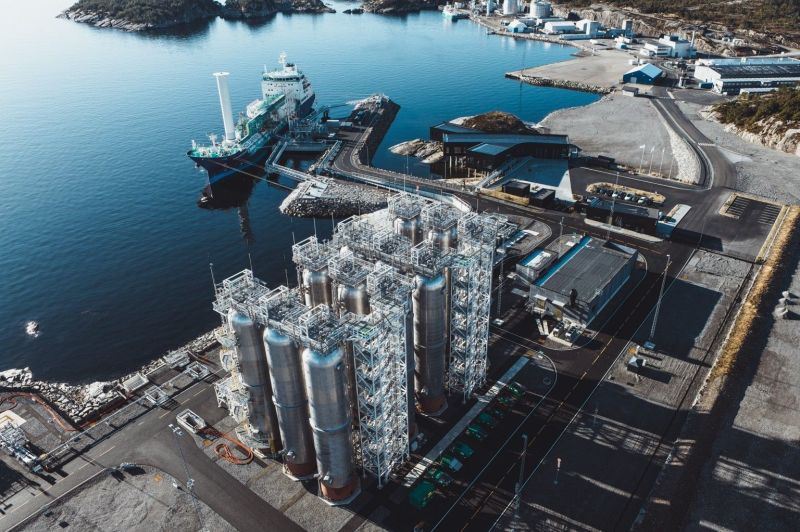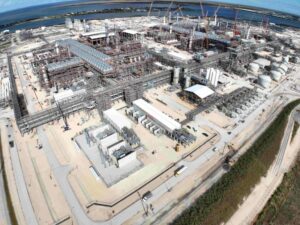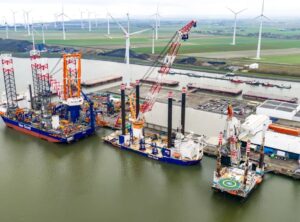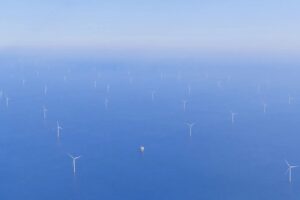Technip Energies Loading Systems has secured a contract to supply three fully electric marine loading arms for Phase 2 of the Northern Lights CO₂ transport and storage project in Øygarden, Norway. The order was booked in Q3 2025 under the company’s Technology, Products & Services segment.
The equipment will be installed at the project’s new jetty and is fully qualified to handle the transfer of liquefied CO₂. For this development phase, Technip Energies will deliver a first-of-its-kind fully electric loading arm design, eliminating hydraulics entirely. The solution sets a new benchmark for operability, safety, and environmental performance in marine CO₂ handling.
This award follows the successful deployment of the world’s first liquefied CO₂ marine loading arms, delivered by Technip Energies for Phase 1 of the project, which entered operation in summer 2025. Phase 2 will significantly expand Northern Lights’ capacity, enabling the terminal to handle more than 5 million tonnes of CO₂ annually by 2028.

The fully electric loading arms were selected for their advanced performance and technical readiness, reinforcing Technip Energies’ role in enabling next-generation carbon capture and storage (CCS) infrastructure.
“The adoption of our fully electric marine loading arms underscores our commitment to innovation and to enabling the carbon management infrastructure that Europe needs,” said Charles Cessot, Senior Vice President T.EN X – Consulting & Systems. “This new award follows the successful delivery and operational start-up of the world’s first liquefied CO₂ marine loading arms for Phase 1, positioning us as a trusted partner in this pioneering CCS project.”
Northern Lights—a joint venture between Equinor, Shell, and TotalEnergies—is the world’s first open-access, cross-border CO₂ transport and storage network. The facility receives liquefied CO₂ from European industrial emitters, stores it onshore, and transports it offshore for permanent geological storage beneath the seabed.






